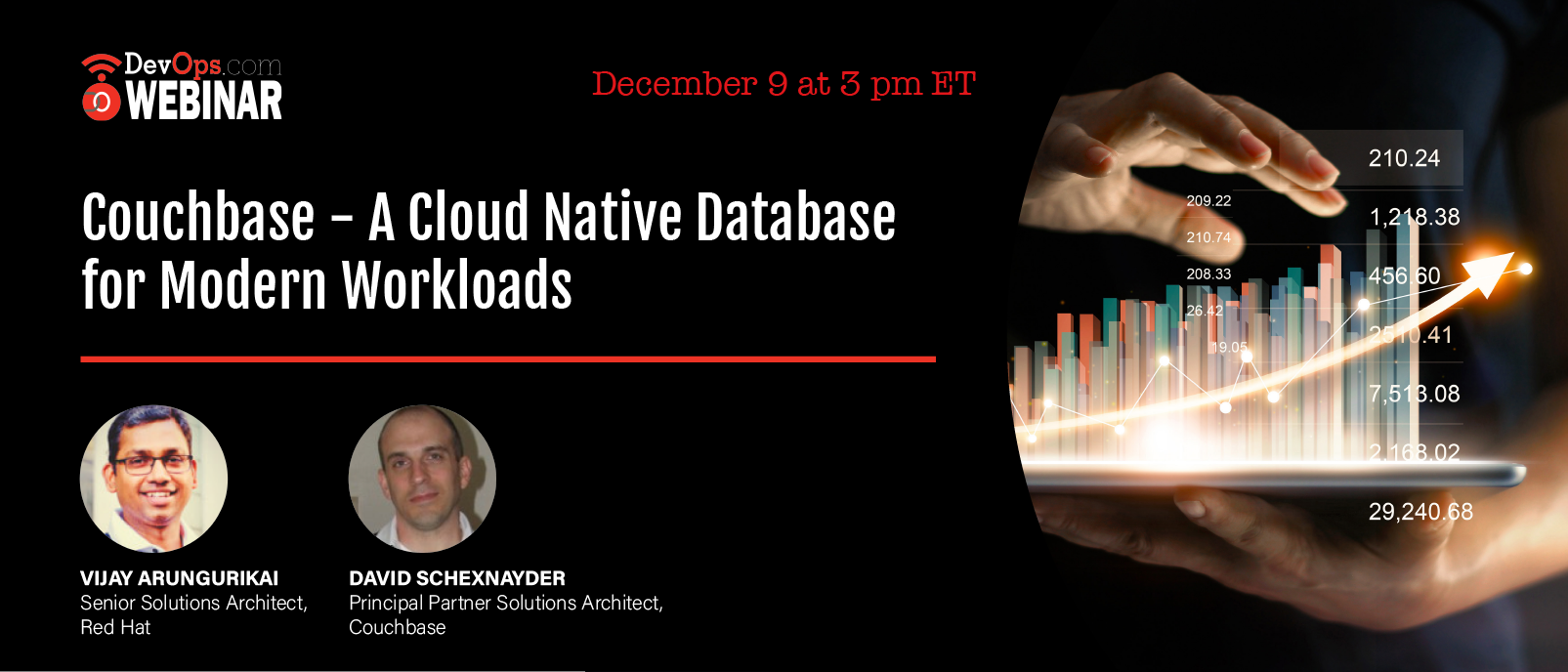Webinar
Think About Your Audience Before Choosing a Webinar Title

Sponsored by RED HAT Marketplace
What You’ll Learn in This Webinar
Today, many databases struggle to reach cloud scale due to the many evolving schemas and data models. Companies are addressing this challenge by using microservices to modernize their applications. The use of microservice architecture provides a collaborative, decentralized approach to application development. For this to work properly, a persistent data layer is required. Most traditional databases struggle to deliver. This is where Couchbase excels, providing a flexible JSON data model to accommodate modern workloads.
Red Hat’s OpenShift provides enterprise-grade Kubernetes for multicloud, hybrid cloud and bare-metal environments. Join this webinar to learn how running Couchbase and microservices on OpenShift will reduce DevOps TCO by providing developers a fully managed stateful database application, all on the same platform.
Vijay is a senior solutions architect for Embedded and ISV partners at Red Hat. He has over 21 years of experience designing and building distributed applications using various technologies. He has spent the last four years moving legacy applications to the cloud and building cloud-native applications on the OpenShift Container Platform.







